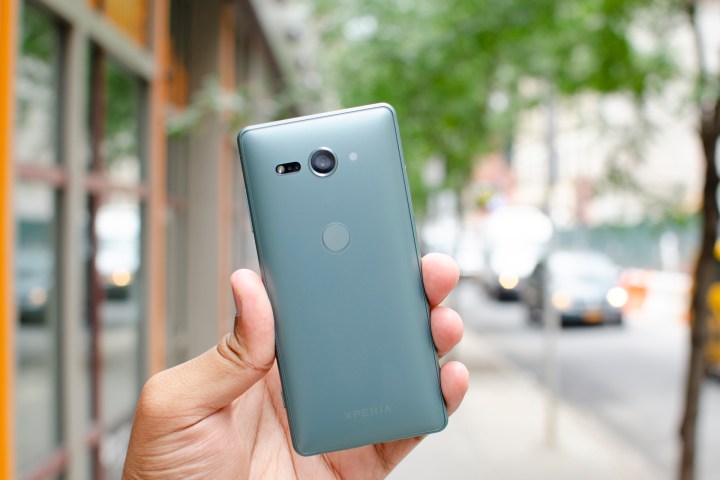Last week, Pebble founder Eric Migicovsky joined a chorus of mostly online voices in advocacy for a small premium smartphone. In an interview with The Verge and on the aptly named “smallandroidphone” website, he lamented the dearth of choices in the smartphone world when it came to size. According to him, small phones fit nicely in a pocket, are very light, easy to use one-handed, and handy in sports.
These are all really good arguments for the ever-recurring small phone debate we have year after year, but the numbers have been in for a long time: No one really wants small phones that badly.
Discontinued for a reason
“Since Sony discontinued the Xperia Compact line, no other Android phone maker has had the courage to make a small premium Android phone. It’s up to us to change that,” the page reads. It’s a strange request. What manufacturer would discontinue a product if it was selling well? Sony may be terrible at many things, but it’s not that dumb.

If small phones were a successful enough niche, like big phones with massive cameras, or thick phones with massive batteries, or even those ugly ones built for gamers, many companies would build them. Oppo, Xiaomi, or even Samsung would find the time to knock one out if it could wring out a single extra dollar. Instead, if you look around, you’ll notice that over the years smartphone sizes have done nothing but creep up, with nothing but minute fluctuations.
The so-called perfect small Android phone has already come and gone many times. Google’s Pixel range shipped with sub-six-inch displays prior to the Pixel 6, with the Pixel 5 providing one of the best, small premium Android experiences there has been. Asus has its similarly compact Zenfone 8 out, and if we extend this to Apple’s range, there’s the iPhone 12, iPhone 13 Mini, and iPhone SE (2022). Aside from size, all these phones have one thing in common. They underperformed sales-wise.
No one buys them
This cuts to the heart of the reason companies don’t make small phones. It isn’t that they’re pushing for big phones just for the fun of it, it’s that they are proven to sell far better than their smaller counterparts over and over again. This rule holds even when the smaller phones are several times cheaper than the large ones. Google’s Pixel 6 and 6 Pro have, by the company’s own admission, sold more than the Pixel 4 and Pixel 5 combined. Both of these bigger phones are just shy of the iPhone 13 Pro Max size-wise.

Speaking of iPhones, the iPhone 12 and 13 Mini make up 3% of Apple’s combined iPhone sales. An April note from research firm Wave7 puts the expensive iPhone 13 Pro Max and its similarly supersized Samsung counterpart, the Galaxy S22 Ultra, at the top of the sales chart in the U.S., according to comments from carriers, with the size of the devices as one of the top reasons people are buying them.
Small size, big compromises
It makes a lot of sense if you think about it. The biggest selling point of small phones, by its proponents, is that you barely notice it’s there. That’s hard to market in a way that’s exciting. It’s easy to point out the large display as a benefit for someone who reads a lot of books or comics, someone who takes pictures, or someone who loves watching moves. The best you can do for a small one is: “Eh, you won’t feel it in your pocket” and “you can hold it in one hand.” Pardon me if I’m not rushing to the store holding a stack of bills.
The other big issue with small phones? Physics. Even if some people want phones that are small-sized, can they live with the problems that come with them? If I want the phone with the best battery because I’m a road warrior, that wipes out all small phones because it requires physical space to hold that big battery. If I want the best camera, I’m going to need a big phone because all those sensors have to go somewhere. Texting someone? It’s irritating on a small screen. Do you want the fastest modem and the best display? Sure you do, but these things take up space.
Migicovsky says these trade-offs are less of an issue than size but it doesn’t seem to play that way. At the end of the day, when presented with phones that are all but identical aside from size and price, it seems the bigger and more expensive phones win out. That says more than any online petition ever could.



